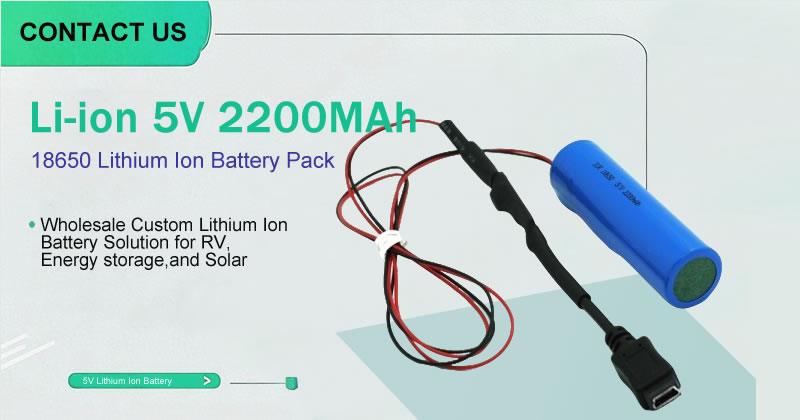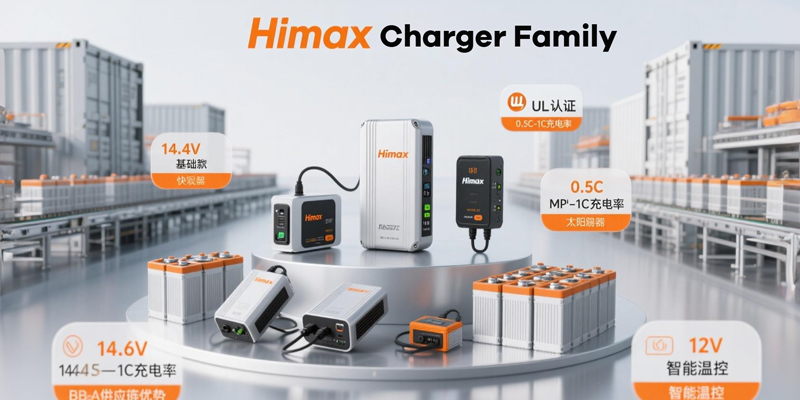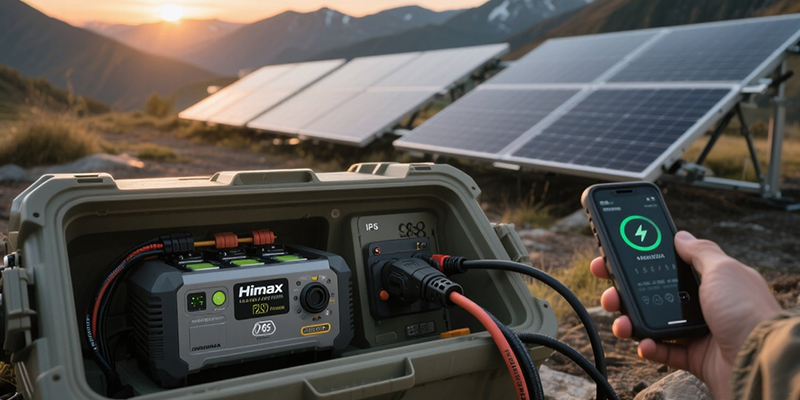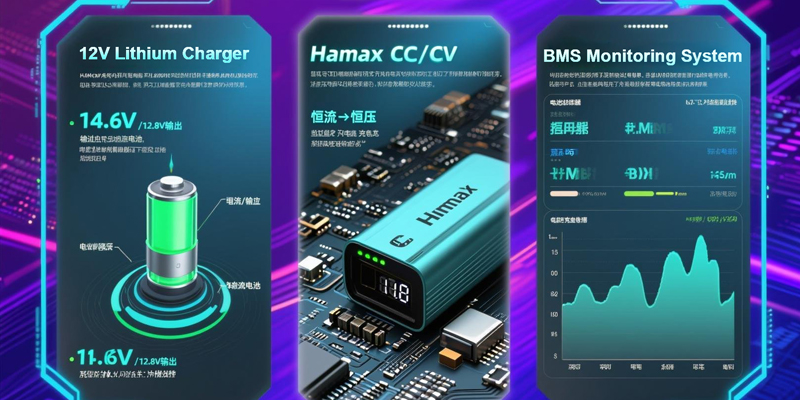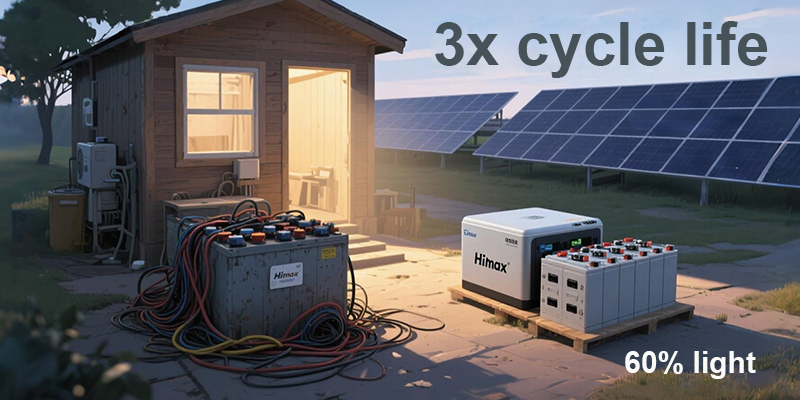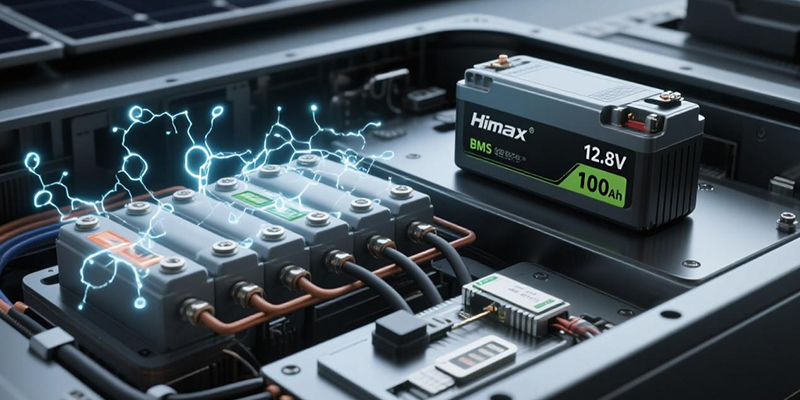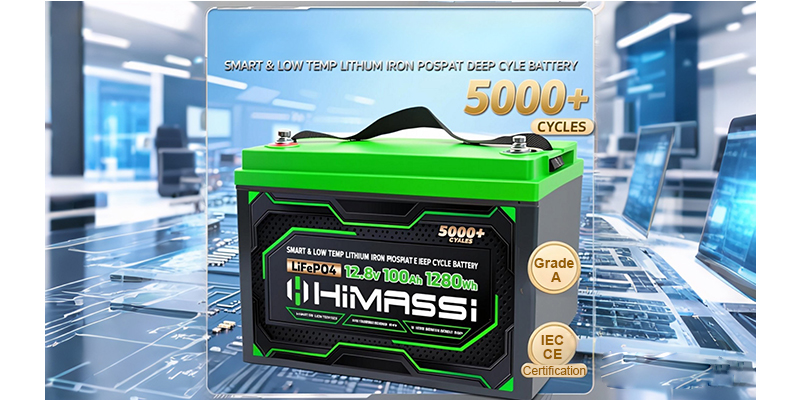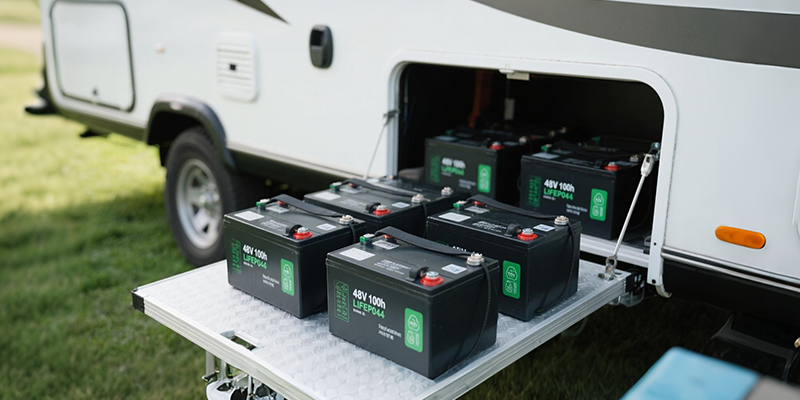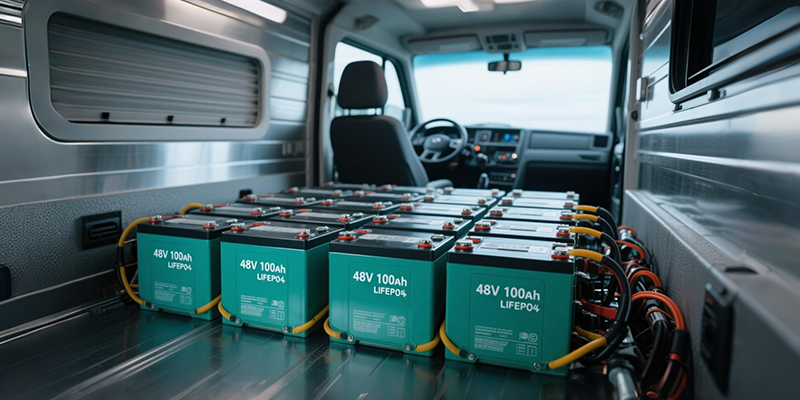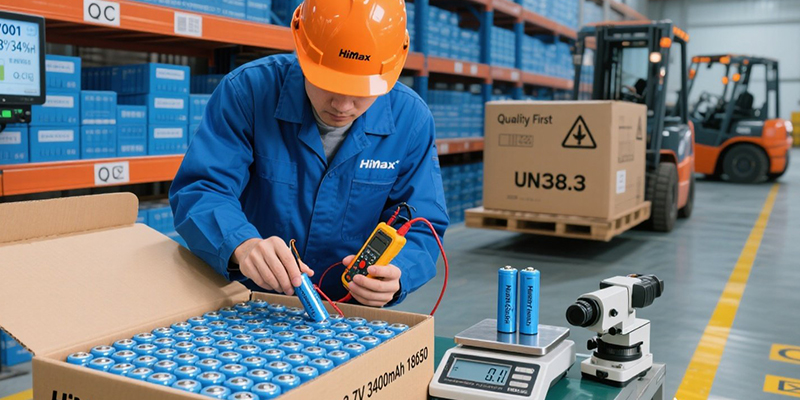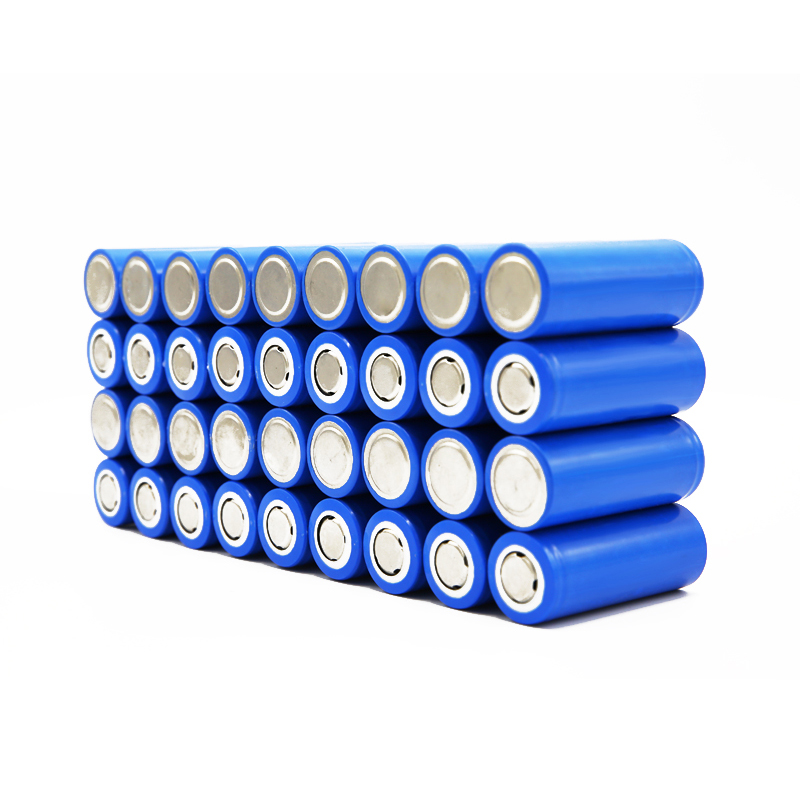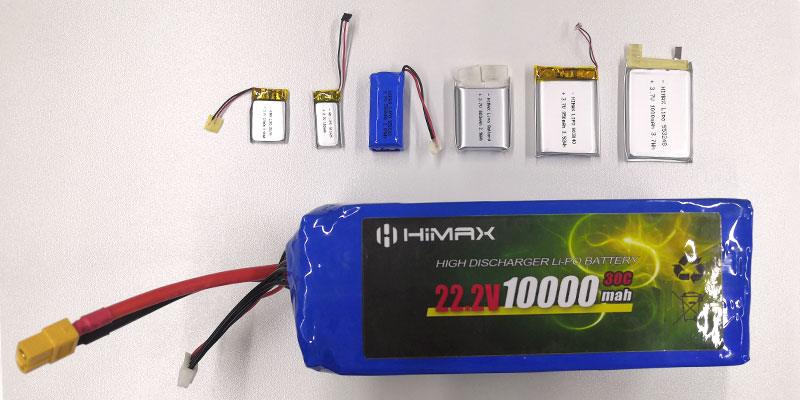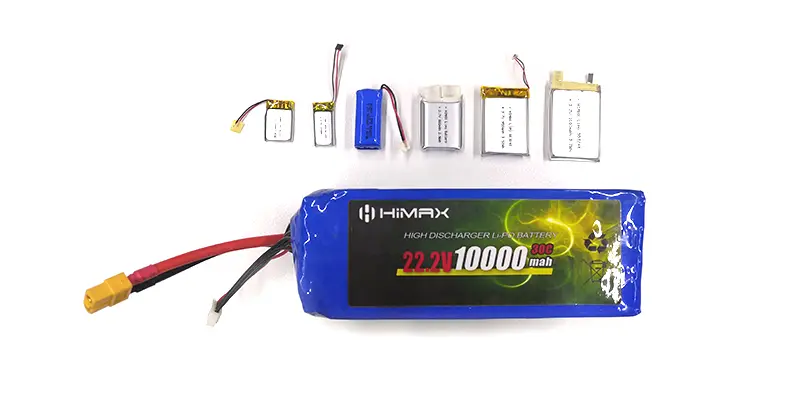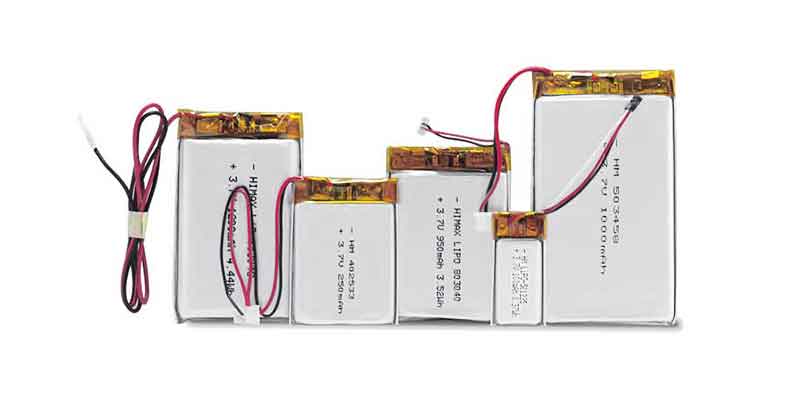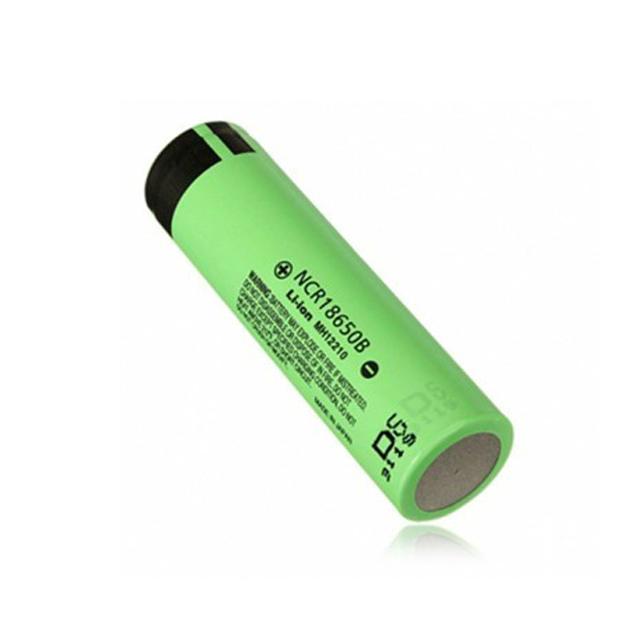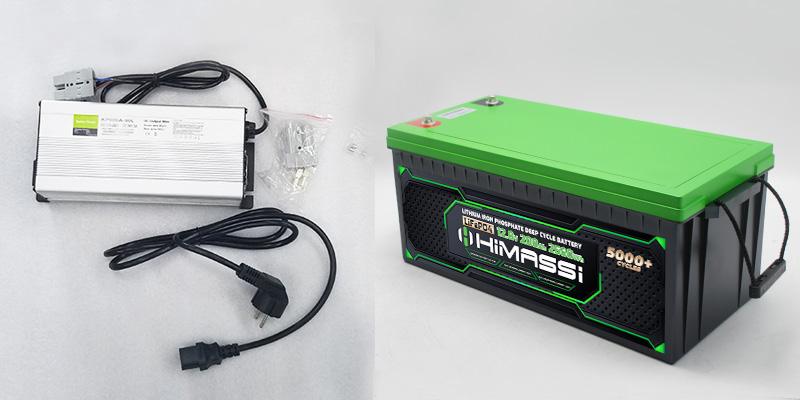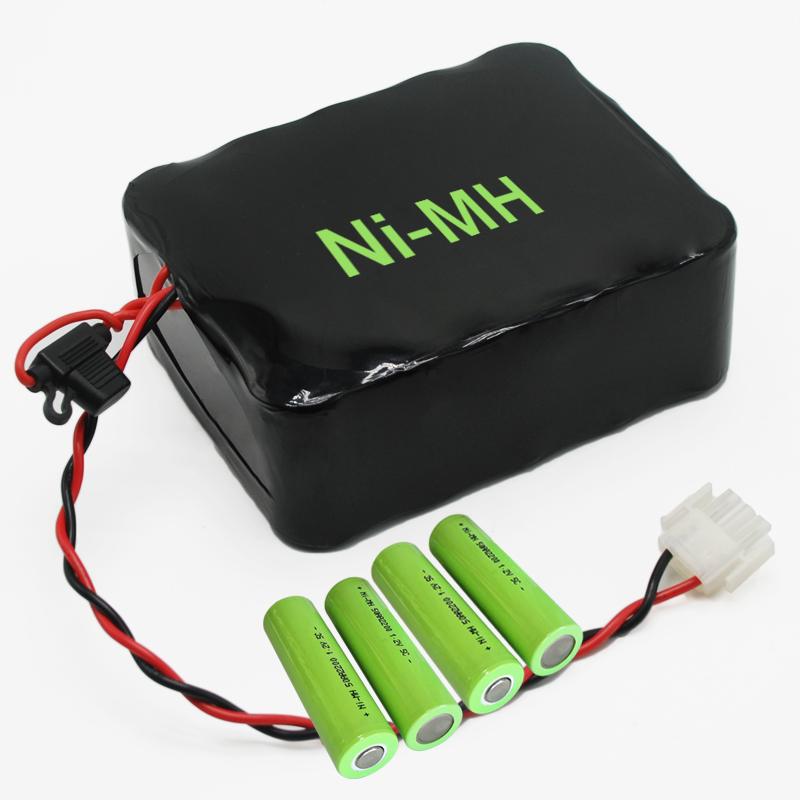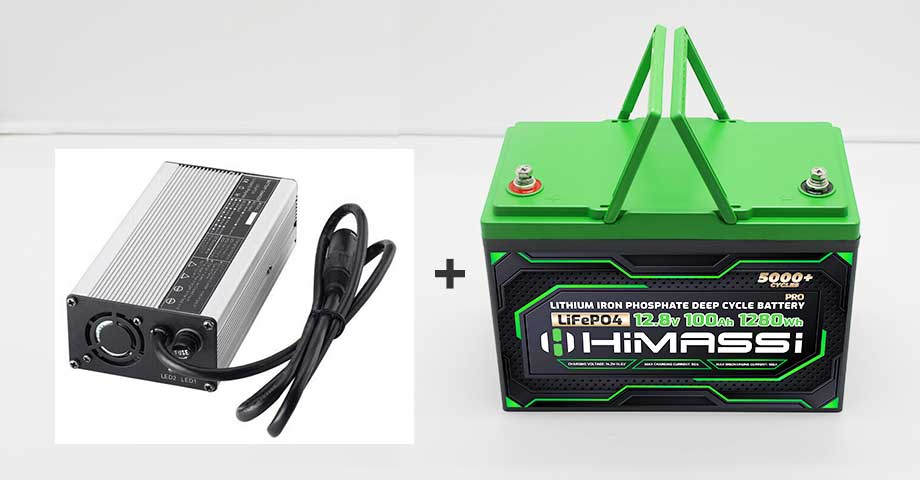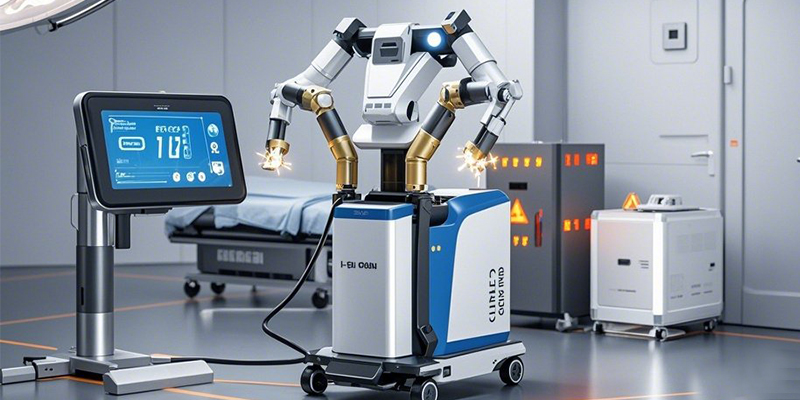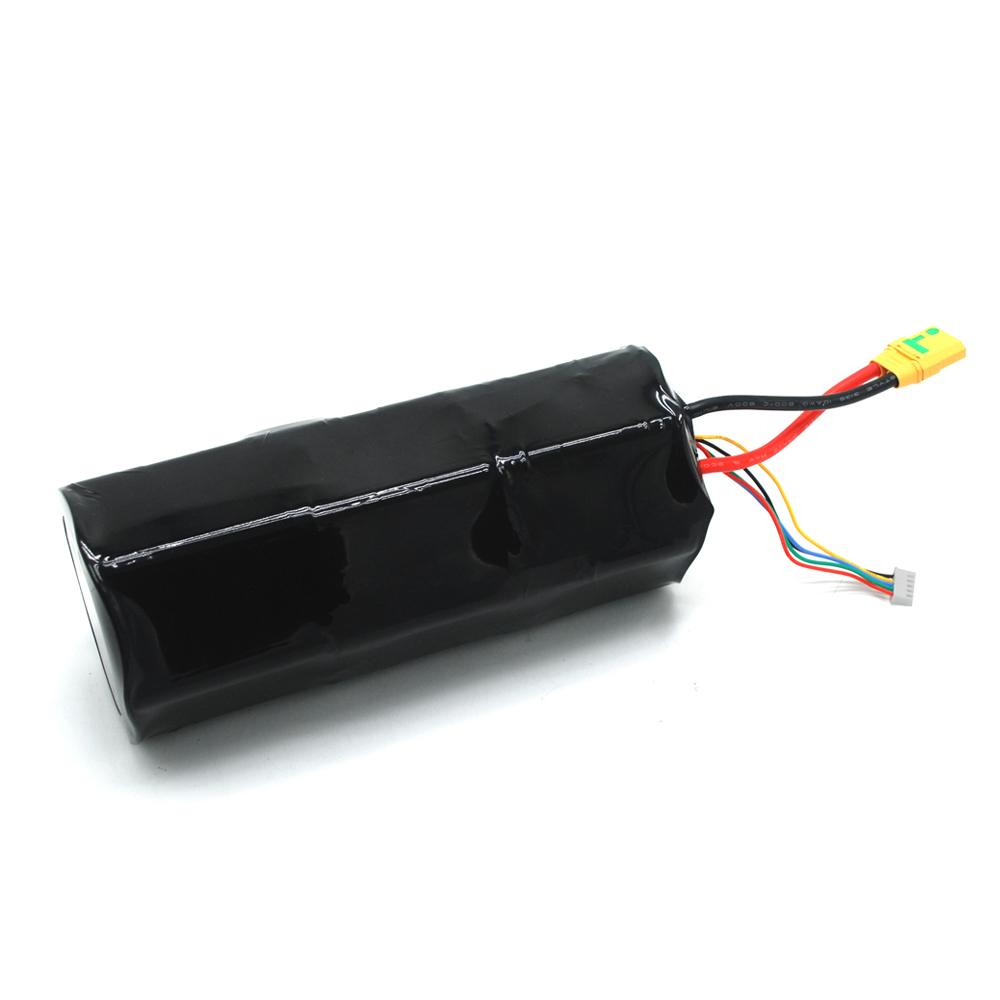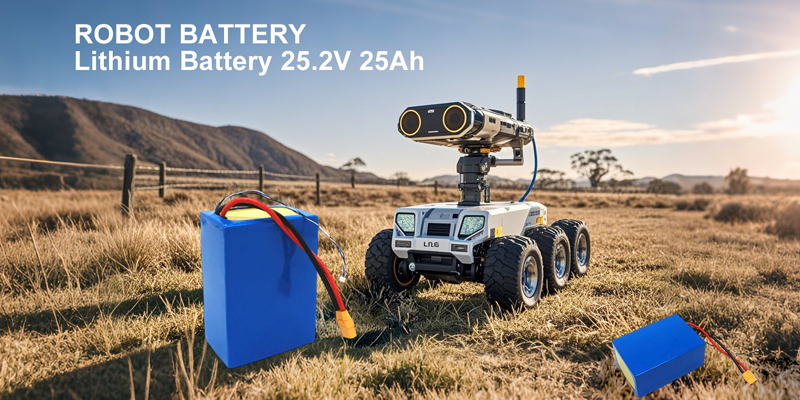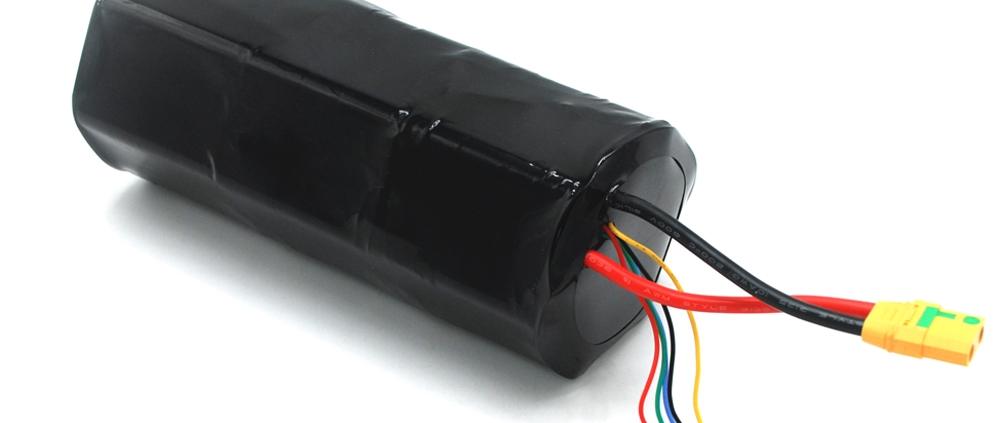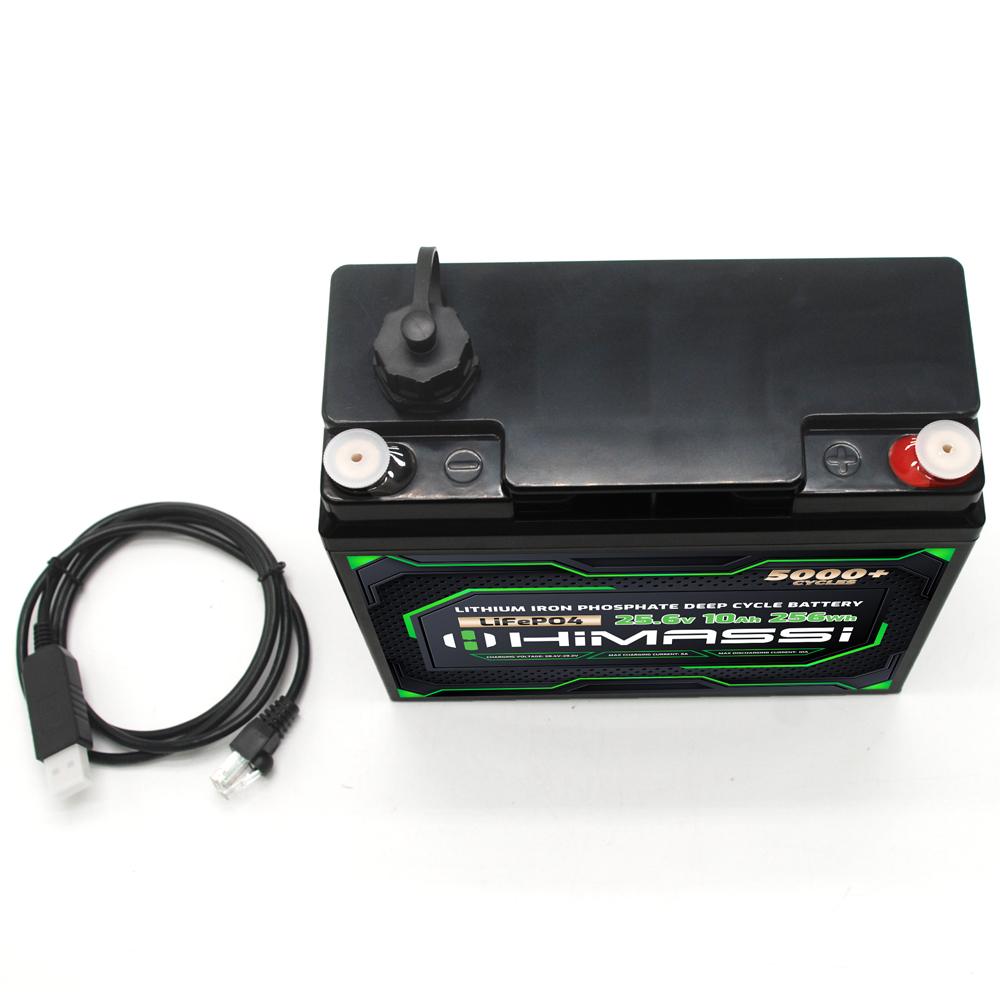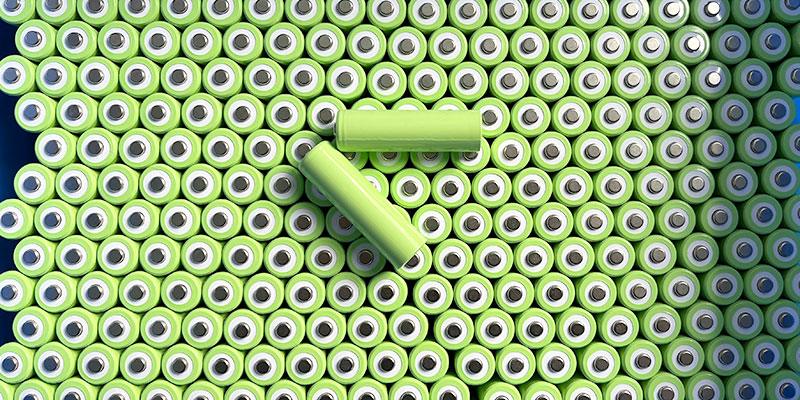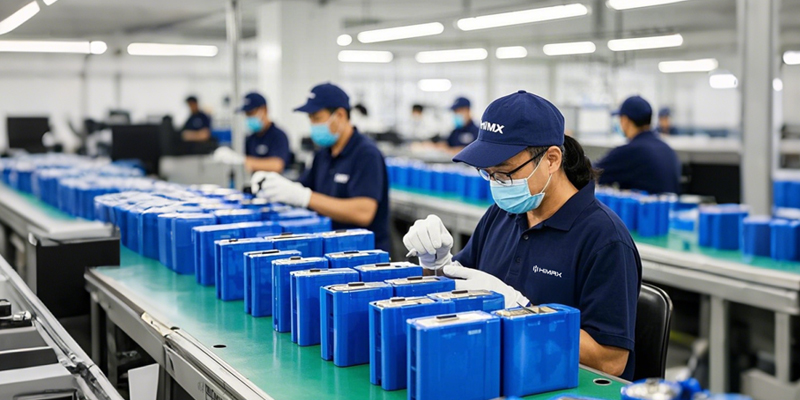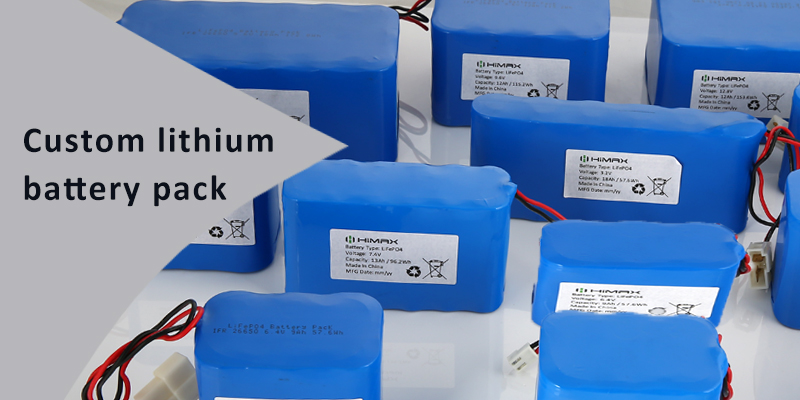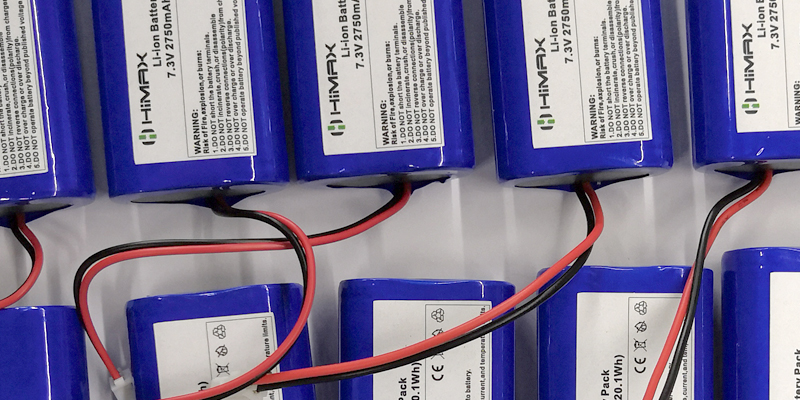In the roaring workshops filled with power tools, above the skylines where drones zip by, and alongside highways where electric vehicles speed past, what quietly fuels the relentless energy of these modern marvels? As we chase higher performance and longer range, two seemingly ordinary cylindrical batteries—18650 and 21700—are waging a silent revolution in energy density. Despite a mere few millimeters difference in size, they mark a generational divide in capacity, discharge performance, and thermal efficiency. This raises a critical question: in the face of ever-growing power demands, what kind of energy carrier do we truly need?
The Evolution of Specs and Technological Legacy
Tracing the history of lithium-ion batteries, the 18650 stands as an industry evergreen. This 18mm-diameter, 65mm-long cylinder, introduced in the 1990s, reshaped the energy landscape for portable electronics. From laptops to high-powered flashlights, early Tesla Model S vehicles to medical devices, the 18650’s standardized size and reliable performance built a vast “battery empire.” With typical capacities ranging from 2000 to 3500mAh and a nominal voltage of 3.7V as the industry standard, its biggest strength lies in three decades of refined manufacturing, keeping per-cell costs highly competitive. However, as power tools demand higher instantaneous power and drones push for greater energy density, the 18650’s physical limits are becoming clear—within its 18mm diameter, the amount of active material is nearing its theoretical ceiling.
This performance bottleneck gave rise to the 21700 battery. By expanding the diameter to 21mm and length to 70mm, this seemingly modest size increase unlocked new possibilities for energy density. The extra 3mm in diameter and 5mm in length boosted single-cell capacity to 4000–6000mAh, a leap of over 40%. Tesla’s shift in battery strategy is a prime example: moving from over 7,000 18650 cells in the early Model S to just over 4,000 21700 cells in the Model 3, they reduced cell count while boosting overall energy density and simplifying the system. This size change opened up greater room for innovation in electrode materials and thermal management designs.
A Head-to-Head Performance Showdown
When comparing the two batteries side by side, size is just the surface-level difference. The real story lies in the cascade of performance improvements driven by this change. In terms of capacity, mainstream 21700 batteries typically offer 1000–2000mAh more than 18650s, translating to an extra 6–9 miles of range for electric bikes or 30% longer runtime for high-power drills. This capacity boost stems from larger internal volume—more cathode material (often nickel-cobalt-manganese ternary composites), thicker graphite anodes, and greater electrolyte storage. Notably, capacity gains aren’t just linear; due to changes in surface-area-to-volume ratio, 21700s often make more efficient use of active materials.
Energy density, a core metric for battery tech, shows a clear generational gap. Top-tier 21700 batteries reach 250–300Wh/kg, while 18650s typically hover between 200–240Wh/kg. This difference is critical in weight-sensitive drone applications, where every gram saved can extend flight time or increase payload. Panasonic’s 21700 cells for Tesla, using high-nickel cathodes (NCA) and silicon-carbon anodes, achieve about 20% higher energy density than their 18650 counterparts, directly boosting EV range.
Discharge capability is another dividing line. Modern power tools like angle grinders or chainsaws can demand 30–40A of instantaneous current, putting intense pressure on a battery’s sustained discharge performance. Thanks to larger electrode surface areas and optimized internal structures, 21700s typically have 30–50% lower internal resistance than 18650s, offering superior voltage stability at high discharge rates above 20A. Real-world tests show that under 25A continuous discharge, high-quality 21700s run 5–8°C cooler than comparable 18650s, improving safety and extending cycle life. A brand’s power tool comparison revealed that an impact drill with a 21700 pack ran 12°C cooler and saw 40% less voltage drop during continuous drilling, a game-changer for professional-grade applications.
Thermal performance, often overlooked by casual users, is critical in high-power scenarios. The 21700’s larger surface area boosts heat dissipation efficiency by about 15–20%, and enhanced internal designs (like 3D mesh current collectors) distribute heat more evenly. In battery pack applications, this advantage compounds—Tesla’s battery management data shows 21700 modules run 7–10°C cooler during fast charging compared to 18650 modules, improving safety and slowing degradation. In contrast, 18650s in tightly packed arrays are prone to localized hotspots, driving many high-end power tool brands toward 21700 solutions.
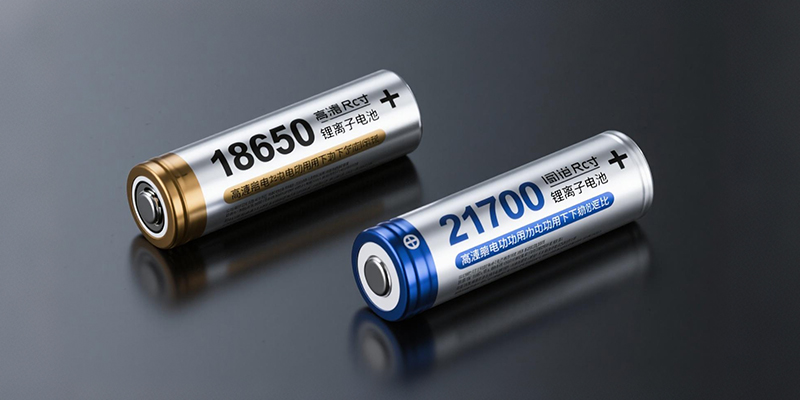
Strategic Choices Across Applications
Choosing between these two battery types isn’t a simple “new vs. old” decision—it requires a multidimensional technical and economic evaluation based on specific use cases. In portable electronics, the 18650 retains strong market momentum. Vapes and high-end flashlights have strict battery compartment size limits, with 18mm diameters as the industry standard. Switching to 21700s would require redesigning entire devices, a cost many manufacturers aren’t ready to bear. For low-current (typically under 10A) consumer electronics prioritizing cost, the 18650’s mature supply chain offers a compelling 15–25% price advantage over comparable 21700s.
The power tool market, however, is seeing a clear shift. Leading manufacturers like Milwaukee and DeWalt have rolled out 21700-based product lines. Field tests show that an 18V cordless hammer drill with 21700 cells completes 30% more holes than its 18650 counterpart, with performance degradation cut by over 50% during continuous use. For professional contractors, this means tangible efficiency gains—fewer battery swaps, no overheating slowdowns, and tools performing at their peak. This shift has also spurred innovations in battery interface standards, with many brands introducing safer contacts and smarter battery management systems.
Electric vehicles and energy storage systems represent the most demanding applications, where battery choices carry strategic weight. Tesla’s transition from 18650s in the Model S/X to 21700s in the Model 3/Y wasn’t just a cell swap—it optimized the entire battery system. Using larger 21700s cut cell count by about 40%, reducing connectors, cooling lines, and structural supports, amplifying energy density gains beyond the cells themselves. Data from Chinese battery giant CATL shows 21700 packs achieve over 85% grouping efficiency, 8–10% higher than 18650 packs, a critical edge for EVs chasing longer ranges.
In drones and model aircraft, battery choice is a delicate balancing act. Professional drones must optimize weight, power, and endurance. DJI’s latest industrial drones offer 21700 options, with tests showing 18% longer flight times or 15% less weight compared to 18650 packs under equivalent conditions. For applications carrying multispectral sensors or LiDAR, this can transform operational efficiency. However, compact consumer drones often stick with smaller 18650s or even 18350s due to space constraints, reinforcing the idea that “fit for purpose” trumps all.
A Multidimensional Future Showdown
From an industry perspective, the 18650 vs. 21700 rivalry is far from over—it’s entering a new, complex phase. On the innovation front, 21700s are in a rapid iteration cycle. Leading manufacturers like LG Chem and Samsung SDI are testing 21700 prototypes with silicon anodes, with lab data suggesting energy densities could break 350Wh/kg. Solid-state electrolyte tech is also advancing faster on the 21700 platform, as its larger size makes it a better transitional carrier. If these breakthroughs reach mass production, the performance gap could widen further.
Yet, the 18650 isn’t ready to exit the stage. In IoT devices and medical instruments, its ecosystem shows remarkable resilience. Over 200 global 18650 production lines keep costs low through sheer scale, a short-term advantage that’s hard to topple. The 18650 itself is evolving, too—new material systems (like high-voltage lithium cobalt oxide cathodes) and structural tweaks (like full-tab designs) have pushed top-tier 18650s past 3000mAh, keeping them competitive in space-constrained applications.
Market data paints a dynamic balance: in 2022, global 21700 production surged 65% year-over-year, while 18650s still grew at 12%. This coexistence is likely to persist, much like gas and electric cars will share roads for the next decade. Analysts predict that by 2025, 21700s will dominate power tools and EVs (60–70% market share), but 18650s will hold over 50% in consumer electronics and niche industrial uses. This divergence reflects the diverse needs of lithium battery applications.
Cost trends are also shifting. While 21700 cells are currently 10–15% pricier than equivalent 18650s, this gap is narrowing by 3–5% annually. Scale effects are kicking in—for example, Tesla’s Nevada Gigafactory cuts 21700 costs by 8% per doubling of capacity. Meanwhile, 18650 cost reductions are plateauing, relying on minor process tweaks for 1–2% annual savings. This scissors effect will gradually reshape their economic comparison.
Quality Benchmarks and Smart Choices
Amid this fast-evolving battery landscape, professional suppliers like HIMAX play a pivotal role. Unlike consumer-grade batteries, industrial lithium-ion cells must strike a precise balance between energy density, cycle life, and safety. HIMAX’s premium 21700 cells, for instance, use nano-coated separators and modified electrolytes to deliver 5000mAh capacity while retaining over 80% capacity after 1000 cycles—an exceptional durability that directly impacts total cost of ownership for tool rental firms or logistics fleets.
Choosing a battery spec is, at its core, choosing a tech path. For end users, the decision matrix should weigh several factors: first, energy needs, including average power draw and peak current; second, space constraints, where a few millimeters can make or break a portable device; third, lifecycle costs, factoring in not just upfront price but energy efficiency and replacement frequency; and finally, future compatibility, considering platform scalability. Sometimes, cutting-edge tech isn’t the best fit—as Tesla’s Elon Musk put it, “Battery design is the art of finding the sweet spot among two dozen competing parameters.”
The 18650 vs. 21700 saga is still unfolding, playing out in every power tool job site, EV battery pack, and drone flight. This technical tug-of-war over a few millimeters will drive the energy storage industry toward higher density, greater safety, and better affordability. Looking back from the cusp of an energy revolution, we may see these small spec battles as the cumulative force reshaping the world’s energy landscape. In the dance of performance and cost, innovation and practicality, your choice will shape the future of energy applications—and that’s what makes tech so captivating.
